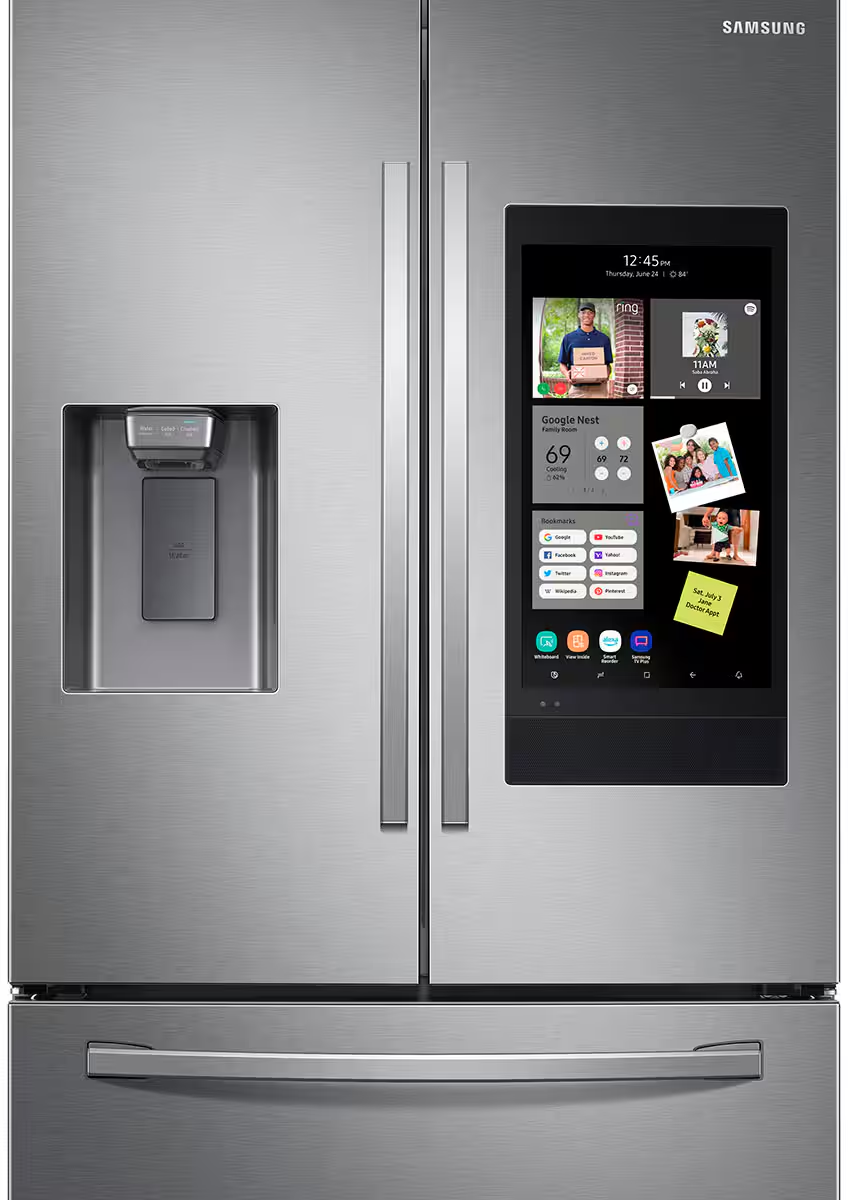Smart home technology refers to a network of internet-connected devices and systems designed to enhance convenience, security, and energy efficiency in homes. These technologies include smart thermostats, voice-activated assistants, automated lighting, security cameras, and energy monitoring systems.
In the United States, approximately 69% of households have at least one smart device and 12% of these households own multiple devices.
In this post we'll explore the impact of these technologies on interior design and construction.
The Rise of Smart Home Technologies
The integration of smart home technology into modern living spaces has grown rapidly, driven by advancements in the Internet of Things (IoT), artificial intelligence, and 5G connectivity. New homes are increasingly being built with smart wiring and infrastructure to support these innovations, while existing homes are retrofitted with plug-and-play devices. This seamless fusion of technology with daily life has redefined how we interact with our environments, making homes more responsive, customizable, and efficient than ever before.
Some popular smart devices you may have experiences within your own home are thermostats, lighting, security systems and appliances.
Influences on Interior Design
Integrating smart technology into homes without compromising interior design presents a unique challenge: blending function with aesthetics. Many smart devices, while highly functional, can disrupt the visual harmony of a space if not thoughtfully incorporated. Designers must balance the need for accessibility and visibility of devices like smart speakers, thermostats, and lighting panels with the desire for a cohesive, stylish environment.
Solutions include concealing technology within furniture, using minimalist designs, or choosing devices with sleek, modern appearances that complement the decor. The goal is to create a seamless integration where technology enhances the home’s beauty and functionality rather than detracting from it.
Impact on Construction
Smart home technology is reshaping residential construction by driving demand for homes designed to support advanced digital systems. Builders are incorporating smart wiring, centralized control hubs, and energy-efficient infrastructure into new designs to accommodate devices like automated lighting, security systems, and connected appliances.
Additionally, innovations in prefabricated construction allow for homes to come pre-equipped with integrated smart systems. Materials are increasingly chosen for their compatibility with embedded technology, such as walls designed for hidden screens or in-wall speakers. This shift towards "smart by design" homes enhances energy efficiency, convenience, and long-term adaptability, setting new standards for modern living.
Benefits of Smart Home Integration
Integrating smart technology into home design offers numerous benefits, enhancing convenience, efficiency, and security. Automated systems streamline daily tasks, while energy-efficient devices like smart thermostats and lighting reduce costs and environmental impact. Smart security systems provide real-time monitoring and control for added peace of mind. These technologies also enable personalization, allowing homeowners to create tailored living environments that suit their lifestyles. Additionally, smart-equipped homes often increase in market value, appealing to tech-savvy buyers and setting a modern standard for functionality and comfort.
Challenges and Considerations
Integrating smart home technology into home design comes with challenges and considerations that require thoughtful planning. Cost is a significant factor, as installing and maintaining advanced systems can be expensive. Compatibility between devices and future-proofing against rapid technological advancements are also critical concerns. Privacy and data security pose risks, as connected systems can be vulnerable to breaches. Additionally, balancing aesthetics with functionality is essential, ensuring that devices do not disrupt the design harmony of a space. Successful integration requires collaboration between designers, builders, and technology experts to create a seamless and secure smart home environment.
Future Trends and Predictions
The future of smart home technologies is marked by increased personalization, sustainability, and integration with emerging innovations. AI-powered systems will enable homes to learn and adapt to residents’ habits, offering tailored experiences. Advancements in energy management, such as smart grids and solar integration, will make homes more eco-friendly and efficient. Augmented reality (AR) and virtual reality (VR) tools will revolutionize interior design, allowing homeowners to visualize and customize spaces in real time. Additionally, modular construction with pre-installed smart systems and the rise of fully interconnected smart neighborhoods signal a future where technology seamlessly enhances daily living.
When integrating smart technologies into your home, consider compatibility between devices to ensure seamless operation and avoid fragmented systems. Budget for both initial costs and potential updates, as technology evolves quickly. Prioritize security by choosing devices with strong encryption and regularly updating firmware to protect against cyber threats. Balance functionality with aesthetics by selecting technology that complements your home’s design. Finally, think about scalability—plan for future expansions to accommodate new devices or upgrades without significant renovations. Consulting experts can help create a smart home system tailored to your needs while avoiding common pitfalls.
Want to learn more?
Check out the Resources page at Smart Home Made Simple.








Comments